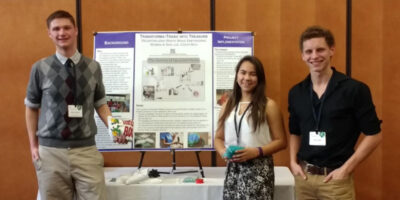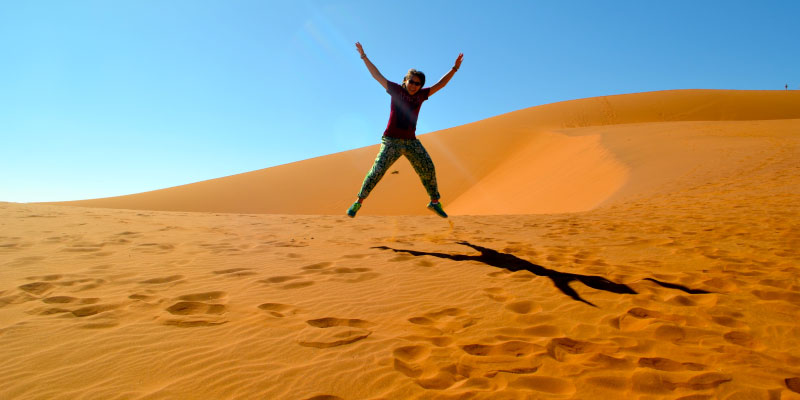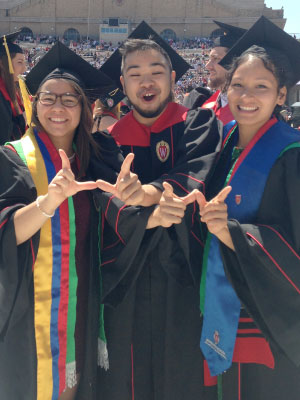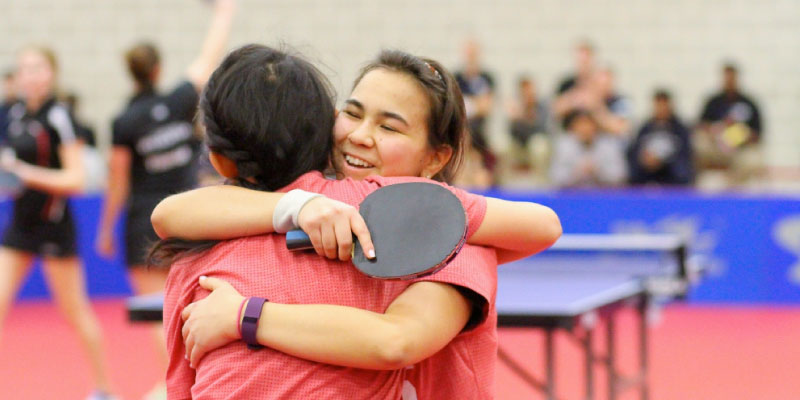 In Boston’s East Fenway neighborhood, a stretch of pavement in front of Whole Foods comes alive. Neighbors gather for line dancing, DIY art, and Del’s lemonade. Picnic tables are positioned where Priuses once parked. New Edgerly Plaza is a pedestrian haven in the middle of one of the nation’s busiest cities. But the road to its adoption and installation was a long one: one that marries transportation needs, human health considerations, and climate solutions. Maria Daniela Castillo, a transportation planner with the City of Boston, was at the center.
In Boston’s East Fenway neighborhood, a stretch of pavement in front of Whole Foods comes alive. Neighbors gather for line dancing, DIY art, and Del’s lemonade. Picnic tables are positioned where Priuses once parked. New Edgerly Plaza is a pedestrian haven in the middle of one of the nation’s busiest cities. But the road to its adoption and installation was a long one: one that marries transportation needs, human health considerations, and climate solutions. Maria Daniela Castillo, a transportation planner with the City of Boston, was at the center.
In less than a decade, Castillo has established herself as an expert at the intersection of human health, environmentalism, and transportation. Her journey starts in Bucaramanga, Colombia where, despite the tropical climate around her, she grew up with a fascination for glaciers and the poles. She also had a knack for sports — table tennis, to be exact, and backed by a varsity scholarship, she moved to the states to play at Lindenwood University in St. Charles, Missouri.
 During one winter break, she was offered a private coaching gig to a family in Madison. She’d been contemplating transferring to a larger university, and with encouragement (and a ride) from the family, she met with Rob Beattie, codirector of the Community Environmental Scholars Program at the Nelson Institute. “From that point on, we bonded.” Spring 2015 was Castillo’s first semester as a Badger. Maximizing her time on campus, she double majored in both environmental studies and sciences (through the College of Agricultural and Life Sciences), participated in the Nelson Institute’s Community Environmental Scholars Program, interned with the Office of Sustainability, and kept up her court skills while playing for the UW’s table tennis team. She also enrolled in an air quality class taught by the Nelson Institute’s Tracey Holloway. One class turned into five, and Holloway became Castillo’s research advisor and lifelong mentor.
During one winter break, she was offered a private coaching gig to a family in Madison. She’d been contemplating transferring to a larger university, and with encouragement (and a ride) from the family, she met with Rob Beattie, codirector of the Community Environmental Scholars Program at the Nelson Institute. “From that point on, we bonded.” Spring 2015 was Castillo’s first semester as a Badger. Maximizing her time on campus, she double majored in both environmental studies and sciences (through the College of Agricultural and Life Sciences), participated in the Nelson Institute’s Community Environmental Scholars Program, interned with the Office of Sustainability, and kept up her court skills while playing for the UW’s table tennis team. She also enrolled in an air quality class taught by the Nelson Institute’s Tracey Holloway. One class turned into five, and Holloway became Castillo’s research advisor and lifelong mentor.
“Air quality, noise, visual pollution, and all these things are part of the built environment.” — Maria Daniela Castillo
 Out of school, Castillo continued researching the intersections of humans and the environment; first at Boston University’s School of Public Health supporting a NASA Health and Air Quality Applied Sciences Team–funded program; then at George Washington University’s Milken Institute of Public Health where she first-authored two papers; and finally at Massachusetts Institute of Technology where she focused on air quality, equity, and community engagement.
Out of school, Castillo continued researching the intersections of humans and the environment; first at Boston University’s School of Public Health supporting a NASA Health and Air Quality Applied Sciences Team–funded program; then at George Washington University’s Milken Institute of Public Health where she first-authored two papers; and finally at Massachusetts Institute of Technology where she focused on air quality, equity, and community engagement.
She’d always had an interest in transportation, and now with a strong research background, she was ready to put the theoretical to practice. “In the government, you can only do the most realistic thing,” she explains. “I just wanted to put things on the ground. For the past two years, Castillo has led efforts to redesign some of Boston’s major corridors to improve transportation — whether cars, buses, or bikes — as well as to boost community engagement and human health.
“I wasn’t aware until I started studying this, that air quality and noise and visual pollution and all these things are part of the built environment, and I think a lot of people don’t see it like that,” Castillo says. But people care about breathing clean air, they care about congestion on their commute to work, and they certainly care about having adequate parking. So, when it comes to making big changes — say, converting part of an avenue with a dozen parking spots into a pedestrian hangout — “Framing these concerns is really important, and communicating with the general public is really important,” she says. “It’s our role as people working on these [issues] to figure out how to make people care … Getting people to care is kind of like the reward.”
Timeline
Sail Away
While studying biochemistry at Lindenwood University, Castillo set sail for the Semester at Sea program. “It wasn’t until Semester at Sea that I started meeting people, not only from across the U.S., but also a lot of international students. I started seeing what their ambitions were,” she remembers. That’s when she started looking into transferring to a larger university. “Semester at Sea helped me put myself out there … I just really, really wanted to challenge myself.”
More than Recycling
From a young age, Castillo knew she wanted to study the environment. But what that looked like? “I imagined that going into environmental stuff, I was going to do more recycling stuff,” she explains. “I started taking other classes and doing other things and discovering a lot more that was still related to the environment. It wasn’t just recycling.” She hadn’t lost her early interest in glaciers and the poles, and she was curious about the systems impacting them. She also wanted to learn about another system: transportation. “My grandfathers come from very small towns, and they migrated by foot, by mule back in the days like 100 years ago,” she says. “I was always a little bit interested in the transportation planning field.”
 On the Court
On the Court
In grade school, Castillo and her classmates had to pick between four sports: soccer, basketball, volleyball, and table tennis. She’d seen her dad play table tennis for fun, so that’s what she picked. By the time she graduated high school, she’d competed around the globe, including the World Table Tennis Championships … twice. When she was recruited by Lindenwood, they were one of the best collegiate teams in the U.S. Her first year on the UW–Madison team, they were the divisional champs, regional champs, and came in second at nationals. (“Coincidentally,” she says humbly.)
New-Age Networking
When COVID-19 shut down the world, Castillo headed back to Bucaramanga. She was working for George Washington University at the time, which she was able to continue remotely. She and her friends used the virtual landscape to their advantage, hosting their own workshops, conferences, and even podcast episodes. “Everyone was doing things virtually, so they could invite people from all over. I was collaborating with a lot of my friends … people my age who were also hustling and teaming up to do these things.”
Best of Both Worlds
There’s a common misconception in post-grad career planning: you either go the academia route, or you go the other way. Castillo’s career arc offers a different take — that shifting between the two is a natural pairing. “I still feel very connected to universities here. I like having that network and knowing who to reach out to in case we do need some research.” She also connects with current students who are interested in transportation planning. This fall, she’s collaborating with a city planning capstone class at Boston University, both acting as their “client” and collaborating with the professor on a curriculum that helps both the students and the city.